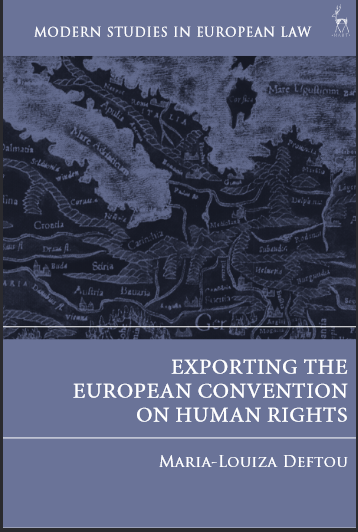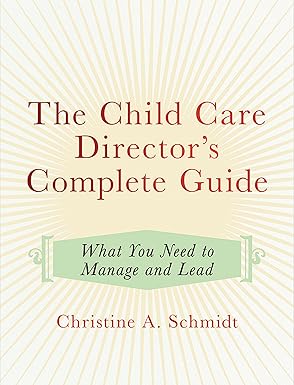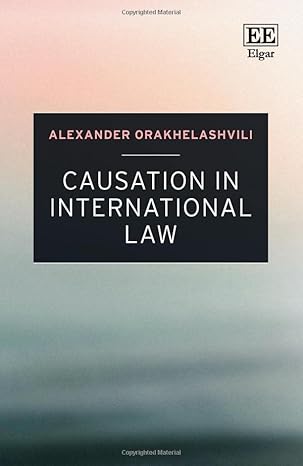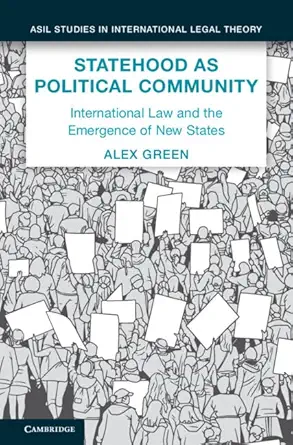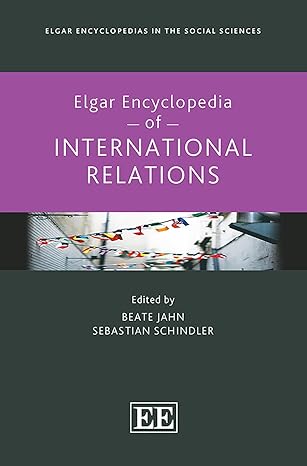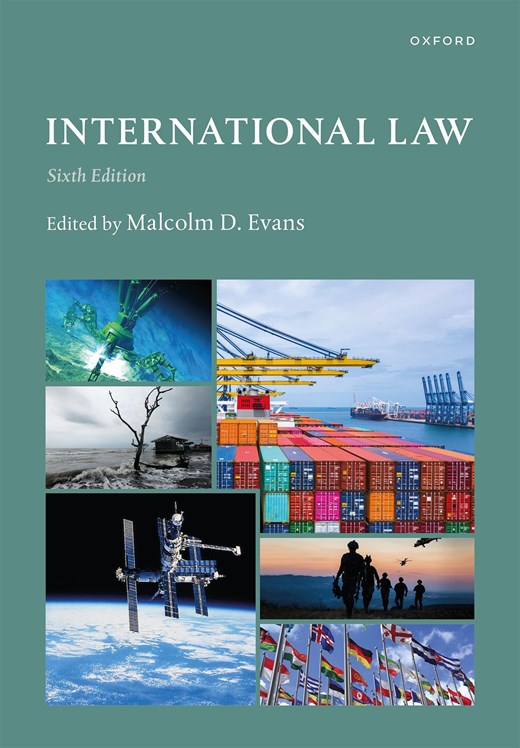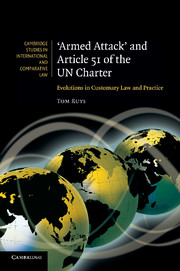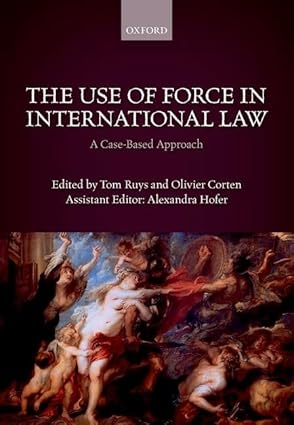he Right to Private Life and EU Data Protection European data protection is, arguably, the most luminous example of crea- tive legal evolution in recent decades. In response to emerging developments in the field of information technology in the 1960s, the concept of privacy under Article 8 of the ECHR, formulated in 1950, needed to be revisited to meet with the new technological challenges and to guarantee the protection of individuals’ personal data. As a response to this growing need, the Council of Europe58 adopted various resolutions with reference to Article 8 ECHR and then, in 1981, adopted the Convention on Personal Data59 (Convention 108), a legally binding instrument providing for specific safeguards against abuses from private actors or state authorities concerning the fair and lawful collec- tion, storage and automatic processing of personal data. The ECtHR applied the notion of private life broadly, expanding the ECHR protection, at first, to cases related to interception of telephone communications in Klass60 in 1978 and in its Malone61 judgment in 1984, and progressively to cases with regard to video-surveillance in Peck62 or data storage to secret registers, as was the case in Leander63 and Rotaru�64 At this point, it should be highlighted that the Strasbourg Court also found the provisions of Article 8 ECHR applicable in cases with no relevance to the private home and the intimate sphere. The notion of ‘private life’ might embrace the development of interpersonal relationships and protect not only the domestic sphere; it might also concern data related to personal actions taking place in the public sphere, which might amount to a clear intrusion to the individual’s inner circle. For instance, in Peck, the disclosure to the media of footage filmed in public by a closed-circuit television camera, showing the applicant committing suicide was deemed a violation of Mr Peck’s right to private life
چکیده فارسی
حق بر زندگی خصوصی و حفاظت از داده های اتحادیه اروپا حفاظت از داده های اروپا، مسلماً درخشان ترین نمونه از تحول حقوقی خلاقانه در دهه های اخیر است. در پاسخ به تحولات نوظهور در حوزه فناوری اطلاعات در دهه 1960، مفهوم حریم خصوصی بر اساس ماده 8 ECHR، که در سال 1950 تدوین شد، نیاز به بازنگری برای مقابله با چالش های جدید فناوری و تضمین حفاظت از شخصیت افراد داشت. داده ها. در پاسخ به این نیاز فزاینده، شورای اروپا 58 قطعنامه های مختلفی را با اشاره به ماده 8 ECHR به تصویب رساند و سپس در سال 1981، کنوانسیون داده های شخصی 59 (کنوانسیون 108) را به تصویب رساند که یک سند قانونی الزام آور است که تضمین های خاصی را در برابر سوء استفاده از طرف خصوصی ارائه می کند. بازیگران یا مقامات دولتی در مورد جمع آوری، ذخیره سازی و پردازش خودکار داده های شخصی منصفانه و قانونی. ECtHR مفهوم زندگی خصوصی را به طور گسترده به کار برد، و حفاظت ECHR را در ابتدا به پرونده های مربوط به شنود ارتباطات تلفنی در کلاس 60 در سال 1978 و در حکم Malone61 خود در سال 1984 و به تدریج در پرونده های مربوط به نظارت تصویری در Peck62 گسترش داد. یا ذخیره دادهها در ثبتهای مخفی، همانطور که در Leander63 و Rotaru64 اتفاق افتاد، در این مرحله، باید تأکید کرد که دادگاه استراسبورگ همچنین مقررات ماده 8 ECHR را در مواردی که هیچ ارتباطی با خانه خصوصی و خانوادههای صمیمی ندارند قابل اجرا دانست. کره. مفهوم «زندگی خصوصی» ممکن است شامل توسعه روابط بین فردی باشد و نه تنها از حوزه داخلی محافظت کند. همچنین ممکن است مربوط به دادههای مربوط به اقدامات شخصی باشد که در حوزه عمومی اتفاق میافتد، که ممکن است به عنوان یک نفوذ آشکار به حلقه درونی فرد باشد. به عنوان مثال، در پک، افشای فیلمهایی که توسط دوربین مدار بسته تلویزیونی در ملاء عام فیلمبرداری شده بود و نشان میداد متقاضی خودکشی میکند، نقض حق زندگی خصوصی آقای پک در نظر گرفته شد
ادامه ...
بستن ...
HART PUBLISHING
Bloomsbury Publishing Plc
Kemp House, Chawley Park, Cumnor Hill, Oxford, OX2 9PH, UK
1385 Broadway, New York, NY 10018, USA
29 Earlsfort Terrace, Dublin 2, Ireland
HART PUBLISHING, the Hart/Stag logo, BLOOMSBURY and the Diana logo are
trademarks of Bloomsbury Publishing Plc
First published in Great Britain 2022
Copyright © Maria-Louiza Deftou, 2022
Maria-Louiza Deftou has asserted her right under the Copyright, Designs and
Patents Act 1988 to be identified as Author of this work.
All rights reserved. No part of this publication may be reproduced or transmitted in any form or by any
means, electronic or mechanical, including photocopying, recording, or any information storage
or retrieval system, without prior permission in writing from the publishers.
While every care has been taken to ensure the accuracy of this work, no responsibility for
loss or damage occasioned to any person acting or refraining from action as a result of any
statement in it can be accepted by the authors, editors or publishers.
All UK Government legislation and other public sector information used in the work is
Crown Copyright ©. All House of Lords and House of Commons information used in
the work is Parliamentary Copyright ©. This information is reused under the terms
of the Open Government Licence v3.0 (http://www.nationalarchives.gov.uk/doc/
open-government-licence/version/3) except where otherwise stated.
All Eur-lex material used in the work is © European Union,
http://eur-lex.europa.eu/, 1998–2022.
A catalogue record for this book is available from the British Library.
A catalogue record for this book is available from the Library of Congress.
Library of Congress Control Number: 2022940275
ISBN: HB: 978-1-50995-243-4
ePDF: 978-1-50995-245-8
ePub: 978-1-50995-244-1
Typeset by Compuscript Ltd, Shannon
To find out more about our authors and books visit www.hartpublishing.co.uk.
Here you will find extracts, author information, details of forthcoming events
and the option to sign up for our newsletters
ادامه ...
بستن ...
